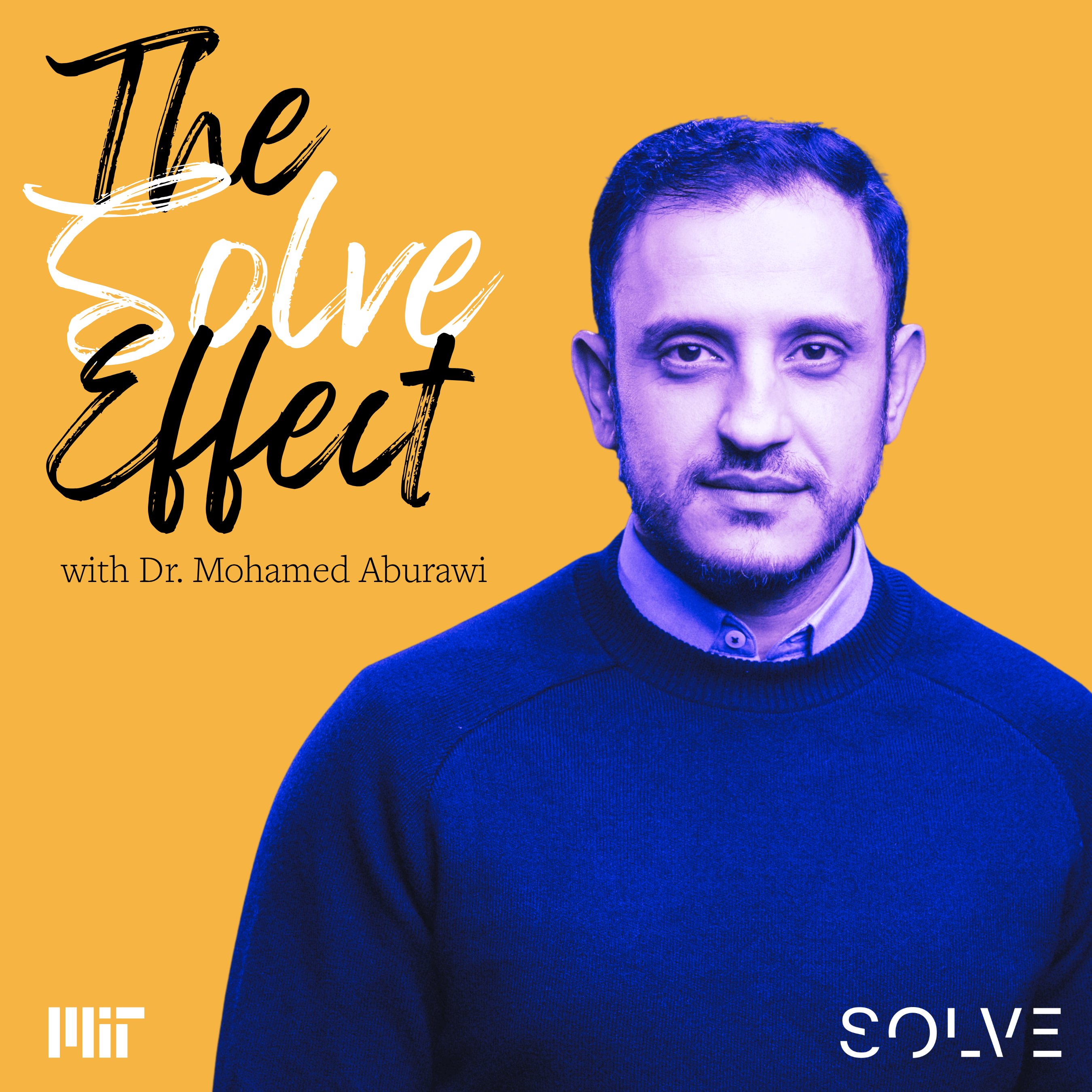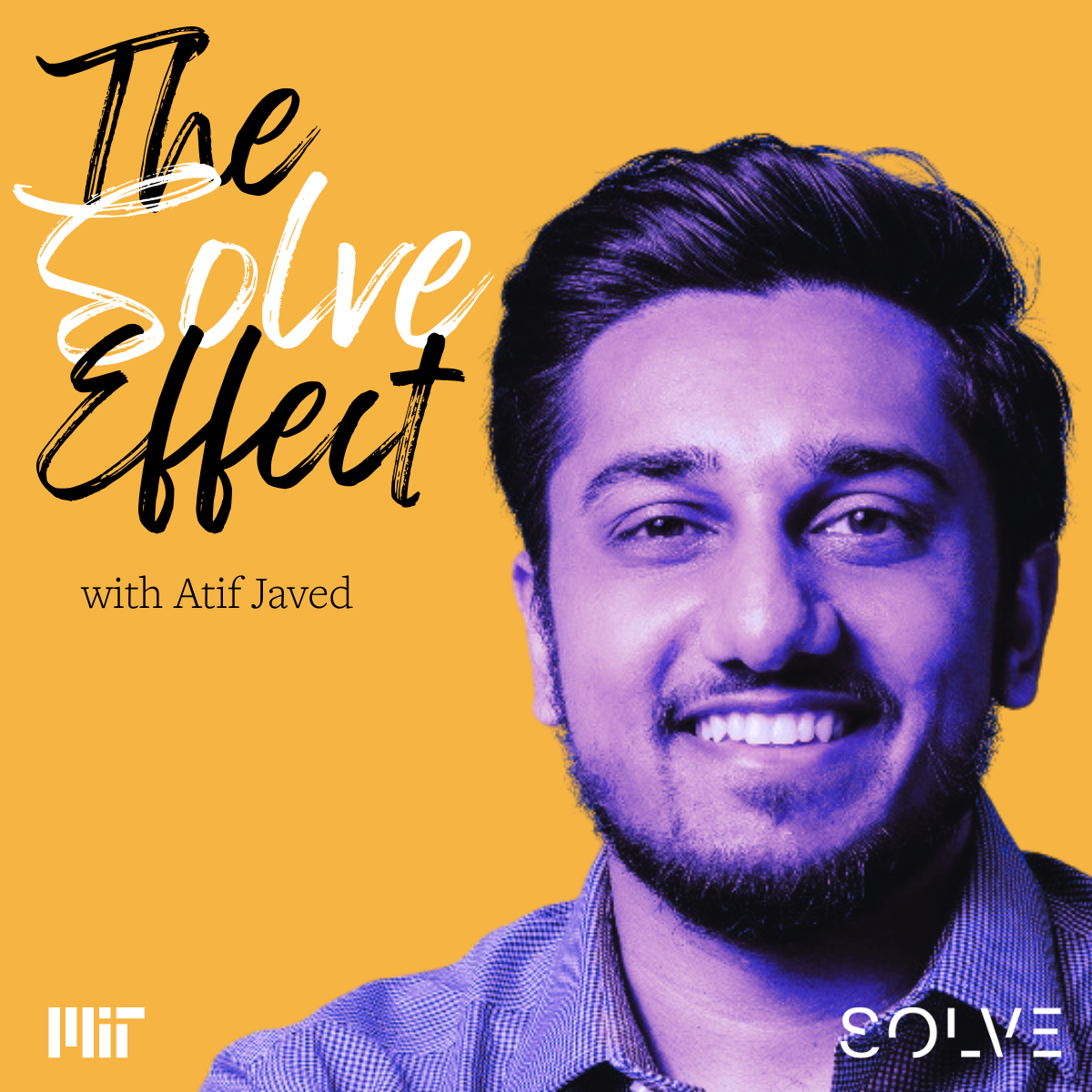
Why Everyone Can Contribute to the Brain Health Challenge
MIT’s new Solve initiative is looking for solutions on Brain Health by August 1st at 5pm U.S. Eastern Time. As a member of the Challenge Leadership Group who will be judging the solutions, here’s my advice on how everyone can contribute to Brain Health Challenge:
- Pick something that you are passionate about and supports YOUR brain health.
- Develop a great user experience.
- Clearly define your metrics for success and the tools for measuring outcomes.
- Make the case that your solution will increase brain health and fitness, enable more accurate diagnosis, and reduce stigma around brain health.
The Challenge to develop a solution enabling every person to “improve their brain health and mental resilience” is a daunting one, and you may think that you need specialized medical training in order to have an impact. But, ANYONE can develop an innovative solution to help improve brain health!
The brain is actually very sensitive to activities that we are all “experts” in—eating, exercising, and learning. Over the long haul, all of these activities have a lasting impact on the brain.
A Brain Health solution could be as simple as creating an innovative way to “nudge” us to eat better, fostering creativity by helping non-musicians learn to play an instrument as a stress-reducer, or even using wearables to monitor our activity and recognize changes that might impact our brain health. The ubiquity of mobile devices enable many of these innovative interventions to scale even to resource poor areas.
One challenge for Solver teams—and of critical importance to a successful project—is measuring impact. When it comes to brain health, this is particularly challenging as we don’t track our brain health the same way we track other aspects of our physical health like height, weight, temperature, and heart rate.
In fact, every time we go to the doctor's office from the time we are born our height, weight, temperature, and blood pressure are meticulously recorded. As consumers, we can walk into a drugstore and buy a thermometer or a blood pressure cuff to monitor our own vital signs to stay healthy. Those vital signs are important, but we seem to be missing the most important vital sign of all—our brain vital. In addition to the one in four Americans who suffer from conditions that affect brain function, ALL of us experience times when our brains are not operating at maximum efficiency possibly due to an accident, illness, alcohol consumption, or simply fatigue.
So, why have we ignored the brain? In the past, we haven't been able to measure brain performance easily. Imaging techniques such as CT scans are expensive and generally used only when brain trauma is suspected. Electroencephalography (EEG) is an emerging metric of brain function, but it is still not widely available. Medical experts can use patients’ self-reports to assess brain function but only in a very general way. In the past few years, quantitative assessment tools have been developed that reflect brain performance and can track cognition over time. Cognitive assessment tools such as the recently FDA-cleared CANTAB Mobile are used primarily in clinical research trials and must be administered by a clinician. My company, AnthroTronix, developed an FDA-cleared cognitive assessment app, DANAtm to track brain health over time in military personnel. Because DANAtm is cleared for tele-health, it can also be used for in-home self-care. Finally, large organizations like AARP are now allowing consumers to track their own brain health through their Staying Sharp assessment platform and the Cleveland Clinic offers a Brain Check-up. A consumer-facing research platform out of Harvard University called Test My Brain also provides standard web-based cognitive tests.
Given that these brain health assessments are readily available to the consumer, we now have the opportunity to track individuals across their life span. Tracking an individual’s brain vital while they are healthy allows us to assess the impact of innovative solutions. Innovative interventions will likely embed these assessments or brain vitals in their solutions.
Good luck to all the applicants out there—we look forward to reading your solutions!
Photo courtesy of Adam Schultz showing Dr. Corinna Lathan serving as a judge on Solve's Chronic Disease Challenge during the Solve at the UN pitch event in March 2017.
Tags:
- Health
Related articles
-
A Visionary Healthcare Innovator: Dr. Mohamed Aburawi on Tech, Healthcare, and Impact Investing
In the newest episode of The Solve Effect, Dr. Mohamed Aburawi shares how building in crisis can spark innovation that lasts.
-
Powered by Purpose: E Ink’s ePaper Technology Takes Aim at the World’s Toughest Problems
Because it draws power only when an image changes—and none at all while static—ePaper reduces energy consumption by orders of magnitude. That single breakthrough unlocks net-zero transit signs, off-grid medical notebooks, and other applications that traditional screens simply can’t power sustainably.
-
The Solve Effect Podcast - Episode 4 - A Tech Maximalist: Atif Javed on Human Connection Through Technology
What happens when a childhood experience becomes the seed for a global movement? In this episode of The Solve Effect, host Hala Hanna sits down with Atif Javed, co-founder and Executive Director of Tarjimly, a nonprofit that connects tens of thousands of volunteer translators with refugees and displaced people worldwide.